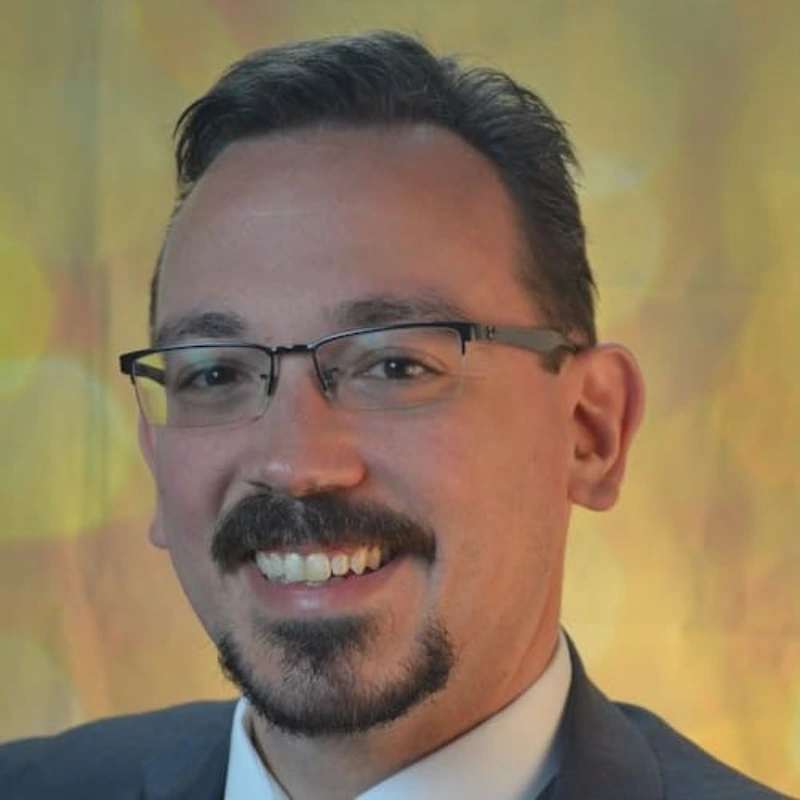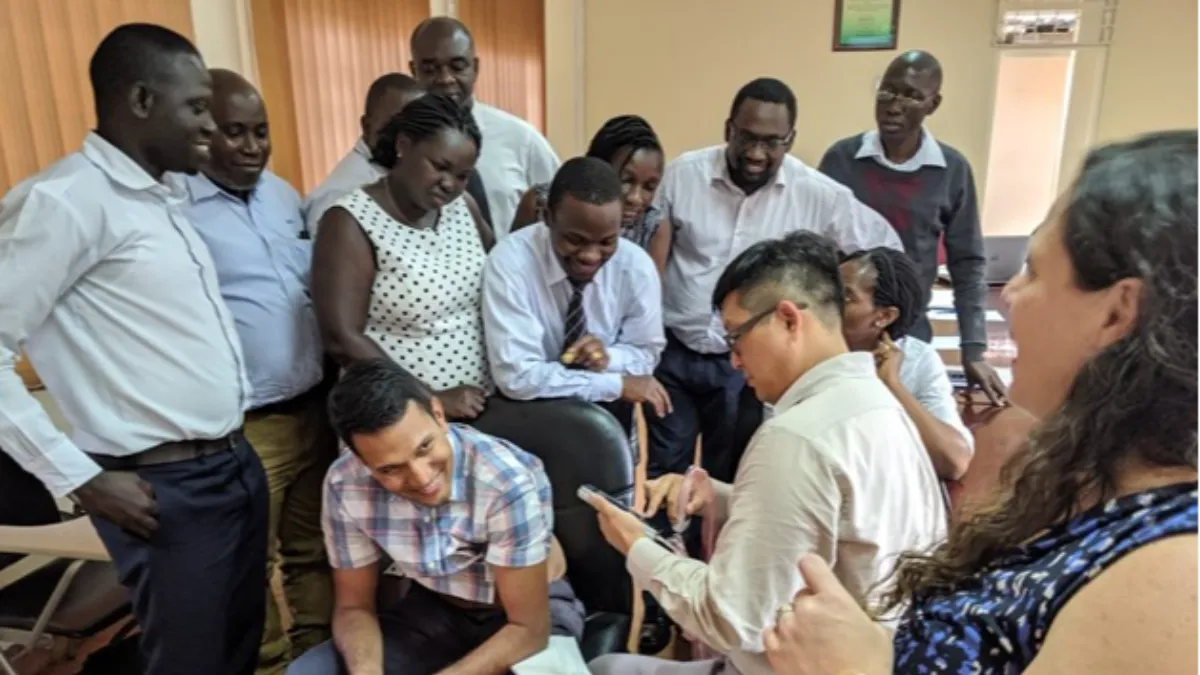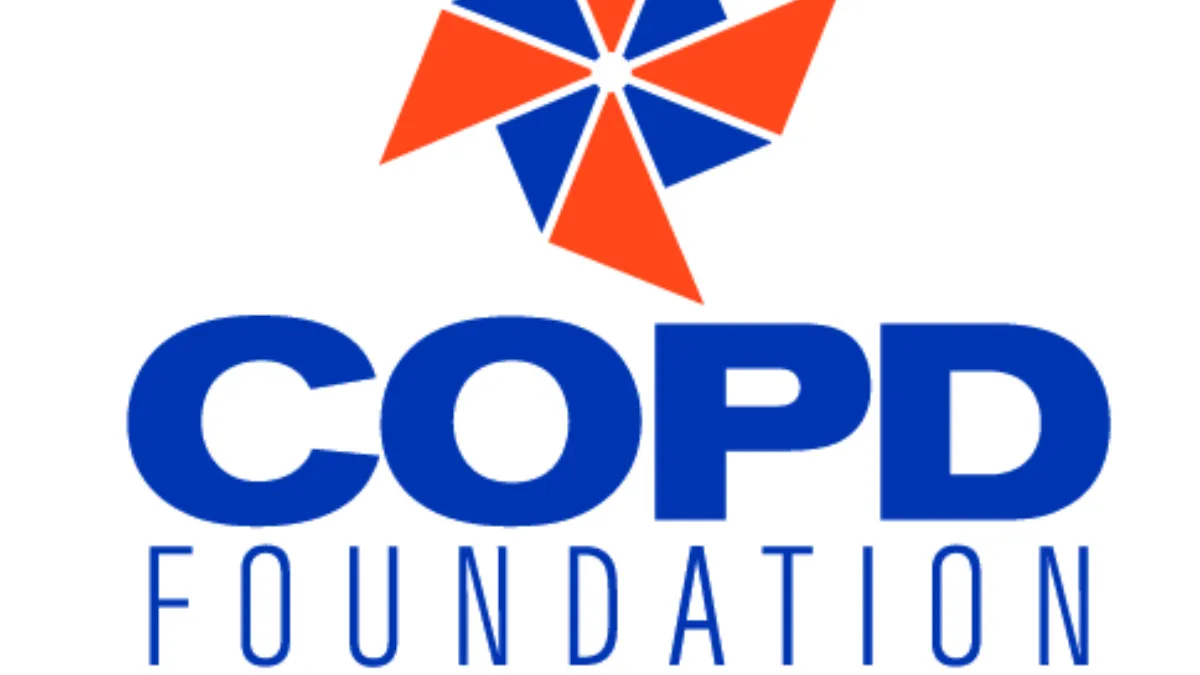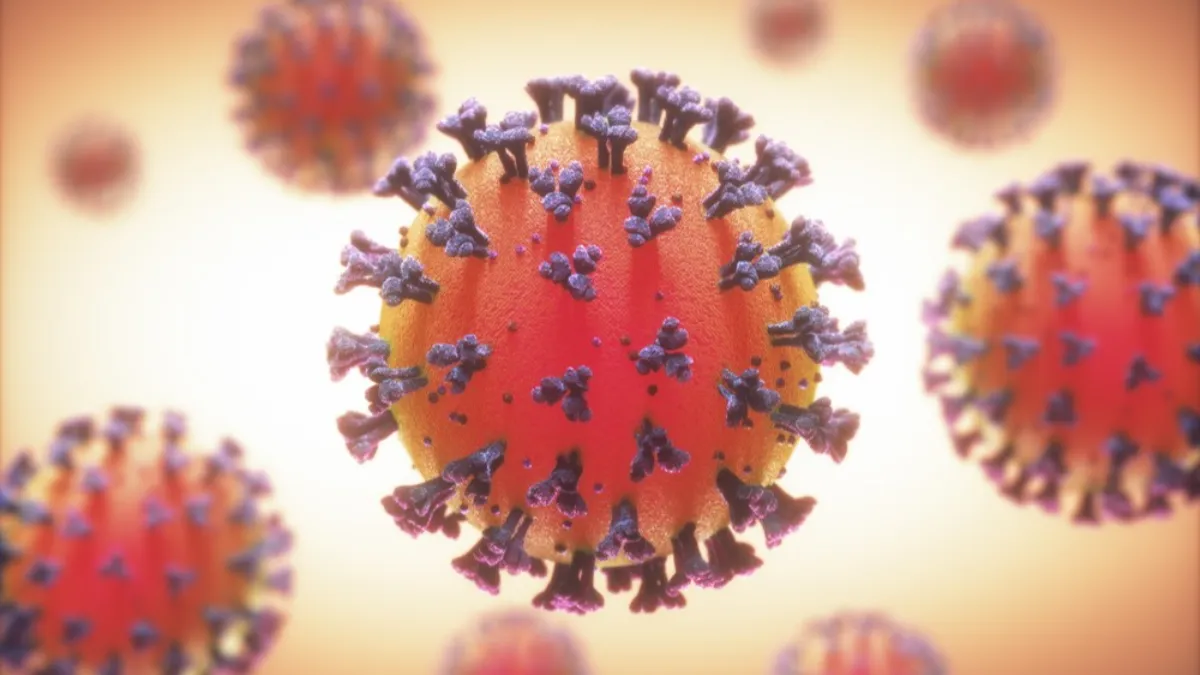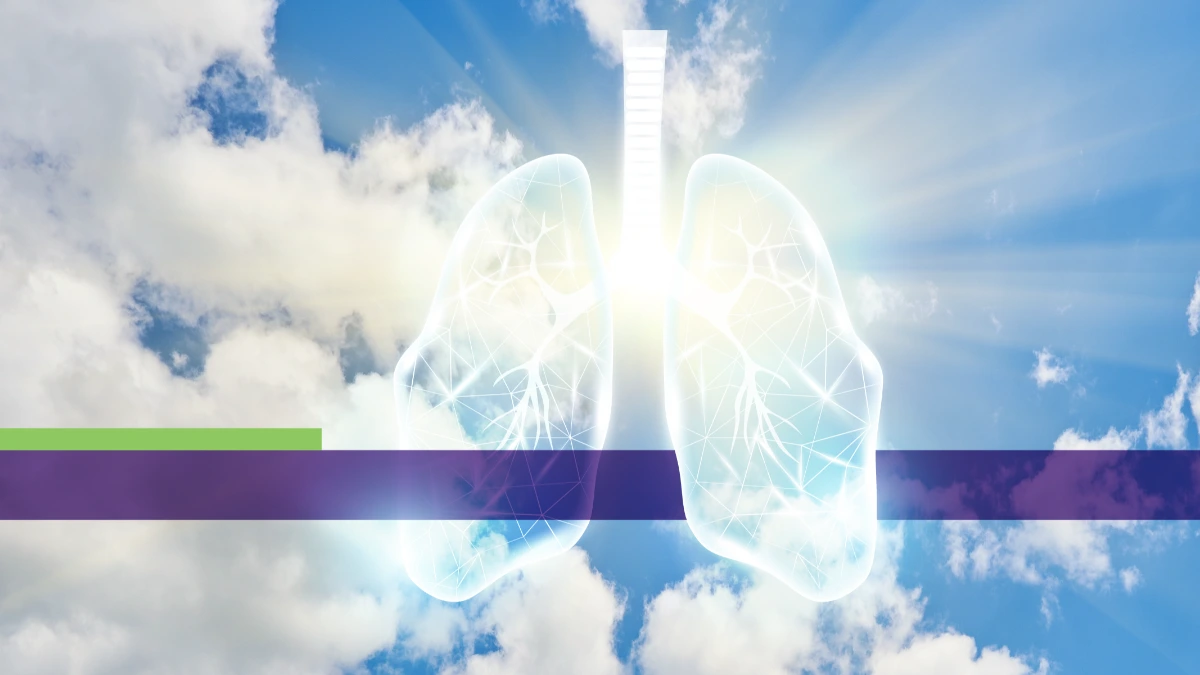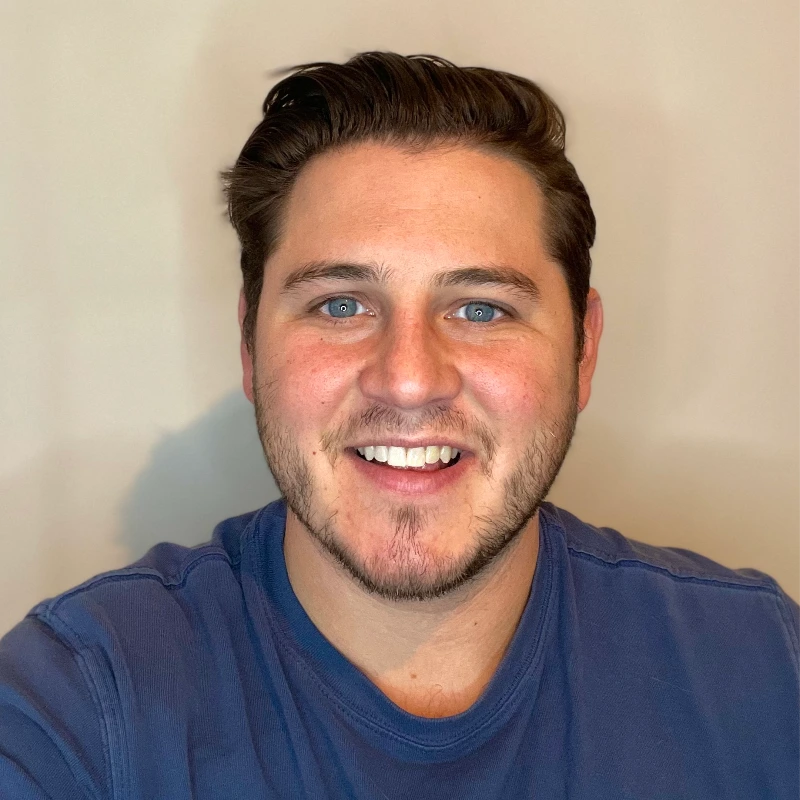COPD Awareness Month - Our contribution
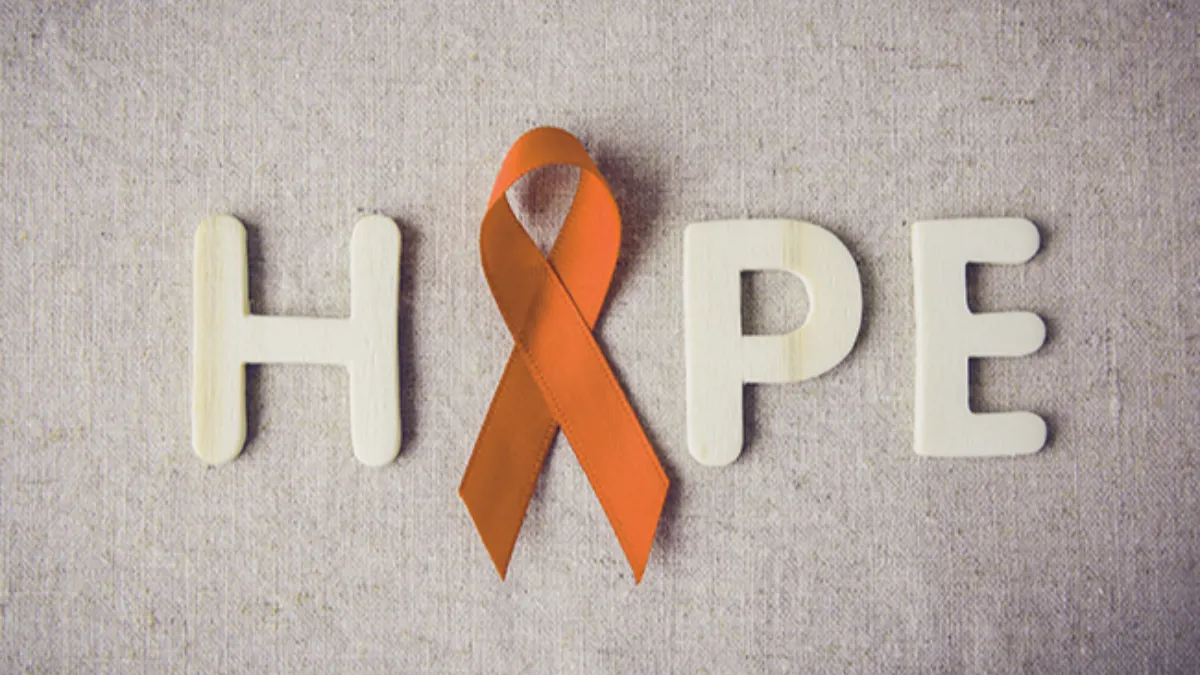
Virtually everyone knows October is Breast Cancer Awareness Month. People, businesses, and sports teams ‘go pink’ to raise awareness and funds for research and therapy, and pink ribbons are worn to raise awareness. Halloween gets the last day of the month of course, but as soon as the clock strikes midnight, most people start thinking ahead to the holiday season.
It’s unfortunate, because the switch from pink highlights to orange on October 31st would be a perfect segue into the next advocacy event, COPD Awareness Month. Orange is, after all the designated advocacy color for COPD; sadly, this fact is about as under-recognized as COPD itself. This article is written to share our commitment to managing lung disease, and with earlier diagnosis, we discuss how COPD can be managed, and patients cared for more effectively.
What is COPD? #
Chronic obstructive pulmonary disease (COPD) is an umbrella term used to encompass a group of diseases that cause airflow obstruction including chronic bronchitis and emphysema. It is a progressive disease that makes it hard to breathe. Although there is no cure for COPD, treatment is available. The earlier the disease is diagnosed, the faster treatment can begin and we will discuss one of the best ways to diagnose COPD shortly.
- There are approximately 140,000 deaths in the United States every year, or four times the deaths attributable to breast cancer.1 That makes it the fourth leading cause of death in the US2.
- With a global number of 251 million cases in 2016, and over 3 million deaths worldwide in 2015, COPD was ranked by the WHO as the third leading cause of death, with prevalence in the developing world3.
- These numbers are avoidable. We are doing anything we can to support pulmonary care providers make earlier diagnosis’ to more quickly provide quality respiratory health care.
What makes COPD so challenging? #
Unfortunately, this is another area where there’s no easy answer. From a global perspective, WHO opines that increasing exposure to tobacco and tobacco products, an aging world population, insufficient access to diagnostic tests, and simple lack of awareness are at fault. In the United States, these theories are reinforced by a 2018 report from the National Advisory Committee on Rural Health and Human Services that found the rural prevalence of physician-diagnosed COPD was 174% higher in rural areas than comparable urban ones.4
Addressing tobacco abuse (and the rise of electronic cigarettes, with their as-yet-poorly-understood long-term risks) requiring a multimodal therapy plan. Halting the aging process would require a physics-defying miracle worthy of Star Trek’s Mr. Scott. However, there are some less fantastical ways clinicians can start bending the curve of COPD and making a bigger difference in people’s lives on a much shorter schedule.
How early can we detect and diagnose COPD? #
It’s generally considered impossible to prove a negative. However, most data sources agree that of the roughly 26 million people in the United States walking around with evidence of impaired lung function or symptoms attributable to COPD, roughly half of them have not been formally diagnosed.5 That has major implications for individual case trajectories. For conditions that tend to progress as one ages (like COPD), the earlier treatment begins, the more likely decline can be slowed.
However, because of the various barriers to accurate diagnosis, almost half of the clinicians surveyed by the COPD Foundation reported their patients had FEV1s less than 50% of the predicted value.6 That creates a massive problem for not only families and the healthcare system, but business and industry as well.
Early diagnosis of COPD is key, there’s far more time to adjust habits and lifestyles (for example, quitting smoking) and to develop individualized symptom management plan tailored to each case, and adaptable to further changes in lifestyle. Conversely, delayed diagnosis can lead to increased care and support needs and make it more likely someone exits the workforce prematurely.
What are early symptoms of COPD? #
The list of symptoms of early COPD is as vague as it is long: Cough, fatigue, some shortness of breath on exertion, that sort of thing. Not are these symptoms wildly nonspecific, they usually come on so slowly and inconsistently that people tend to compensate for them by doing things like taking the elevator instead of the stairs, or they forget about them right up until the time they no longer can. Once the coughing, wheezing, and dyspnea get too much to ignore, the lack of red flags leads to a very broad differential. Is it COPD? Is it asthma? Is it just getting older? These days, is it COVID-19? It can be really difficult to tell without objective testing.
That’s why pulmonary function testing (PFT) is so critical. Spirometry, the gold standard for diagnosing obstructive lung problems, can help detect and identify lung problems well before they reach the stage where people are making drastic changes in their day-to-day lives; sometimes, it can even detect problems before symptoms begin.
Once the preliminary diagnosis is made, further testing for diffusion capacity (DLCO) can help differentiate between asthma and COPD, ensuring patients start on the most appropriate treatment path for their condition. Just as importantly, they can help rule out obstructive conditions like COPD, and point toward restrictive conditions (a major concern for the future of post-COVID-19 care), cardiac problems, or other things happening outside the lungs.
Historically, many have figured PFTs to be strictly confined to the hospital or pulmonology practice. However, at the launch ceremony for the COPD National Action Plan in 2017, Dr. Byron Thomashow, a pulmonologist by trade and co-founder of the COPD Foundation, stated bluntly that, “This disease lives in primary care.”
With wait times for PFT scheduling and interpretation lasting weeks or months even before the pandemic, spirometry (at minimum) clearly belongs in primary care practices, health clinics, and everywhere else on the front line of care. Point-of-care spirometry allows for immediate high-quality clinical decision making, facilitating earlier treatment and once again limiting the trajectory of lung function decline.
Who should be tested for COPD? #
Anyone who meets the criteria below should be tested:
- Long-term exposure to air pollution (including smoke, dust, fumes and chemicals)
- Chronic coughing with or without sputum
- Wheezing
- Shortness of breath
- Fatigue
- A decline in personal health, specifically, an inability to keep up with people of your own age
How do I request to be tested for COPD? #
Contact your primary care provider to request to be tested for COPD. They may be able to perform the test in their office or refer you to a pulmonologist or PFT lab to be tested. Many Urgent Care centers also have spirometry testing available on site.
What is the treatment for COPD? #
Not terribly long ago, it was thought that there was essentially nothing that could be done about COPD. This therapeutic nihilism was somewhat based in fact, as relatively few therapy options really existed, particularly outside old favorites like albuterol.
However, the last 15 years have seen explosive growth in the COPD world, with a variety of therapies becoming available to the population7. Most people with COPD will need a combination of these therapies, so one of the biggest challenges to clinicians is identifying which options to pick from the growing menu.
Tobacco Cessation #
Several years ago, the London Respiratory Network (LRN) established that other than flu vaccines that are promoted in the general public anyway, the single most cost-effective intervention for improving quality of life in COPD the most for the longest period of time was basic tobacco cessation.8 Unfortunately, this remains one of the most complex and difficult interventions as well.
A wide variety of tools are now available to help clinicians support those who want to get tobacco and/or nicotine products out of their lives, from nicotine replacement therapy to neurochemical pharmacotherapy to counseling and support groups. However, once again the trick is to figure out exactly what combination of these tools will be most effective for each person. It’s worth the effort though; the LRN’s research built on the seminal work of Fletcher and Peto, who found long ago that people who smoked lost lung function at an accelerated rate, but ex-smokers returned to the predicted, age-related rate of decline9.
Regardless of strategy, continual encouragement and support is essential to minimizing the guilt and shame many current and former smokers have about their addiction, which in turn maximizes their chances at long-term abstinence.
Pulmonary Rehabilitation #
Just above tobacco cessation on the LRN value pyramid is pulmonary rehabilitation, an effective yet wildly under-utilized intervention. Pulmonary rehab is an 8-12 week course of monitored exercise and education, where attendees learn more about the proper use of their inhaled medications, making appropriate nutritional choices, and other ways to live well with COPD (as well as a variety of other respiratory conditions).
Perhaps most importantly, these programs offer people with COPD a chance to meet and interact with others walking their same path, offering invaluable social support & interaction. Eligibility for these programs is straightforward, generally based on level of airflow obstruction (yet another reason quality spirometry is important throughout the continuum of care), but access is a far bigger problem.
First and foremost, there are simply not enough rehabilitation centers to go around, with some reports pegging their number at fewer than 1,000 throughout the United States10. The recent rise of telehealth offers some hope for the future, with a variety of remote monitoring and interactive video-based programs that can be done in the home, as long as clinicians keep aware of the availability of these resources (and ensure their patients have the appropriate test records that unlock eligibility).
Pharmacotherapy #
Of course, things like exercise and lifestyle changes are much easier to accomplish when people are already seeing improvements in their breathing. Inhaled medications remain the front-line therapies that enable long-term changes to take place.
Respiratory pharmacology has seen perhaps the most explosive growth of all COPD treatment modalities. There are now a wide variety of maintenance and quick-relief medications available, delivered by several different types of devices, empowering clinicians to better match the medication to the individual patient. New agents are continually flowing through the pipeline as well, inhalable and otherwise, aimed at improving various “treatable traits” in COPD and enhancing the precision with which clinicians can improve quality of life for those in their care11.
Advanced Treatment Options #
Even those patients for whom more standard therapies have proven ineffective or insufficient have an ever-growing number of treatment options. Noninvasive ventilators and respiratory assist devices continue to get both more advanced and more portable, allowing their use not only during rest and sleep but during physical activity12.
Bronchoscopic lung volume reduction procedures use tiny valves, coils, or other techniques to deflate damaged sections of the lung, allowing healthier areas to operate more effectively without all the risks associated with traditional surgeries13. In the most severe cases, advances in transplant medicine are allowing more lungs to be preserved longer, giving more people the gift of extended life14.
COPD Solutions #
We understand there is a long road to addressing the impact COPD has on lives across the world, but still we have a part to play. Our commitment is to develop respiratory testing devices to help patients and care providers identify an earlier diagnosis, so care for the patient can be provided as soon as possible. We understand an early diagnosis improves the quality of life for everyone afflicted with COPD, and are developing solutions to make routine, highly-accurate spirometry and DLCO testing available for everyone, from remote locations to high-throughput clinics.
Read more about our DLCO testing for COPD solution, or visit our COPD resource pack to access all of our COPD-related material.
COPD stories from our team #
“Many of my family members have suffered or currently suffer from COPD- My Aunt Cheri, My father-in-law Mike, and my late Grandma Pat. They are the reason I push for the importance of early diagnosis and annual PFT/DLCO testing. If my Grandma Pat would have known she has COPD earlier, I truly think she could have been treated and not have succumbed to COPD so quickly. With early testing, I hope I can change that outcome for someone else.”
“My Dad was diagnosed with moderate to severe COPD at the age of 60, which was twenty years or more after he first showed symptoms. He was a heavy smoker until the age of 45 and considered this his punishment for his bad habit. Early diagnosis and intervention could have made a difference in his quality of life. My work at ndd allows me to increase awareness and identify COPD patients early, allowing for treatment to begin sooner. "
The future for COPD #
COPD care has come a long way from the simple disease of “blue bloaters” and “pink puffers” it was once thought to be. Major advances in phenotyping, genetic analysis, pharmacology, and medical engineering have given countless patients options for easier breathing that were unimaginable even at the dawn of the 21st century. COPD is a condition that affects vast numbers of people, not only those living with it but those who care for them.
Advances in technology have put diagnostic tools literally in the palm of one’s hand, making rapid, accurate diagnosis easier than ever. That gives every clinician the opportunity to promote that early diagnosis and early intervention (not to mention improved ongoing care) and to save some of the more than 3 million people who die from COPD and COPD-related complications every year. However, there continues to be much to learn, and much work to do in research and advocacy. This COPD Awareness Month, please pay special attention to those in your care who are at high risk for COPD, and help keep them breathing their best!
U.S. Breast Cancer Statistics | Breastcancer.org. https://www.breastcancer.org/symptoms/understand_bc/statistics. Accessed November 18, 2020. ↩︎
COPD | Disease or Condition of the Week | CDC. https://www.cdc.gov/copd/about/index.html. Accessed November 18, 2020. ↩︎
WHO | Burden of COPD. https://www.who.int/respiratory/copd/burden/en/. Accessed November 18, 2020. ↩︎
Barnett S, Belanger K, Nacogdoches M, et al. Addressing the Burden of Chronic Obstructive Pulmonary Disease (COPD) in Rural America.; 2018. ↩︎
Millions May Be Living with Undiagnosed COPD, Missing Opportunities to Improve Quality of Life, says American Lung Association | American Lung Association. https://www.lung.org/media/press-releases/millions-may-be-living-with-copd. Accessed November 18, 2020. ↩︎
COPD Foundation . COPD Foundation Releases Groundbreaking COPE Survey Results: Low Patient Awareness About COPD Exacerbations Poses Barrier to Effective Management. https://www.copdfoundation.org/About-Us/Press-Room/Press-Releases/Article/883/COPD-Foundation-Releases-Groundbreaking-COPE-Survey-Results-Low-Patient-Awarene.aspx. Published 2014. Accessed July 26, 2017. ↩︎
Zoumot Z, Jordan S, Hopkinson NS. Emphysema: Time to say farewell to therapeutic nihilism. Thorax. 2014;69(11):973-975. doi:10.1136/thoraxjnl-2014-205667 ↩︎
LRN’s COPD Value Pyramid — NHS Networks. https://www.networks.nhs.uk/nhs-networks/london-lungs/latest-edition-of-thorax-publication. Accessed November 19, 2020 ↩︎
Fletcher C, Peto R. The natural history of chronic airflow obstruction. Br Med J. 1977;1(6077):1645-1648. doi:10.1136/bmj.1.6077.1645 ↩︎
Nici L, Singh SJ, Holland AE, ZuWallack RL. Opportunities and challenges in expanding pulmonary rehabilitation into the home and community. Am J Respir Crit Care Med. 2019;200(7):822-827. doi:10.1164/rccm.201903-0548PP ↩︎
Agusti A, Bel E, Thomas M, et al. Treatable traits: Toward precision medicine of chronic airway diseases. Eur Respir J. 2016;47(2):410-419. doi:10.1183/13993003.01359-2015 ↩︎
Life2000 Ventilator | Hillrom. https://www.hillrom.com/en/products/life-2000-acute-care/. Accessed November 20, 2020. ↩︎
Gülşen A. Bronchoscopic lung volume reduction: A 2018 review and update. Turkish Thorac J. 2018;19(3):141-149. doi:10.5152/TurkThoracJ.2018.18044 ↩︎
Lung transplantation: Donor lung procurement and preservation - UpToDate. https://www.uptodate.com/contents/lung-transplantation-donor-lung-procurement-and-preservation#H19. Accessed November 20, 2020. ↩︎

